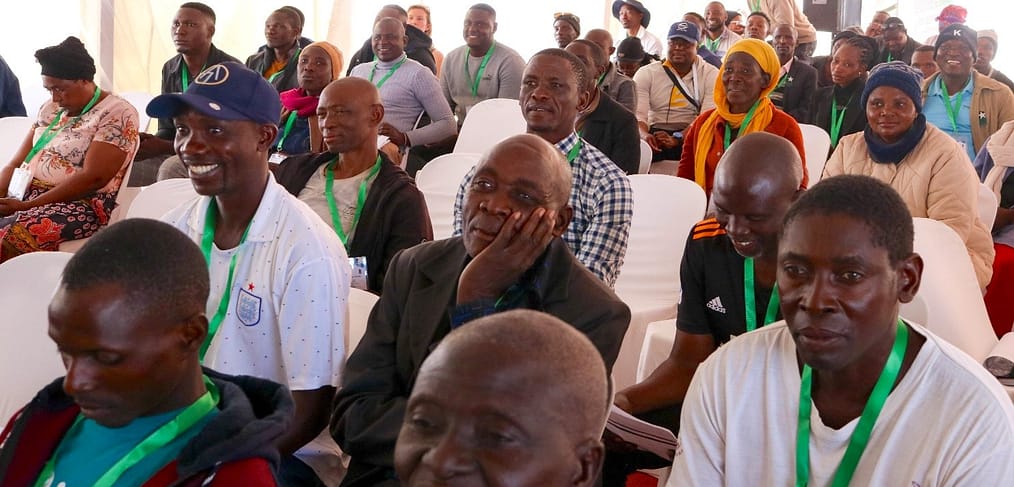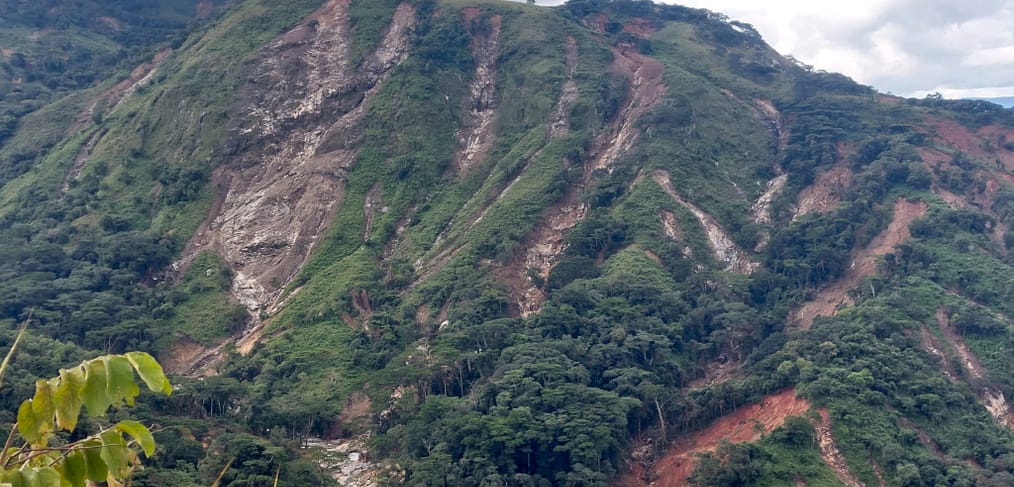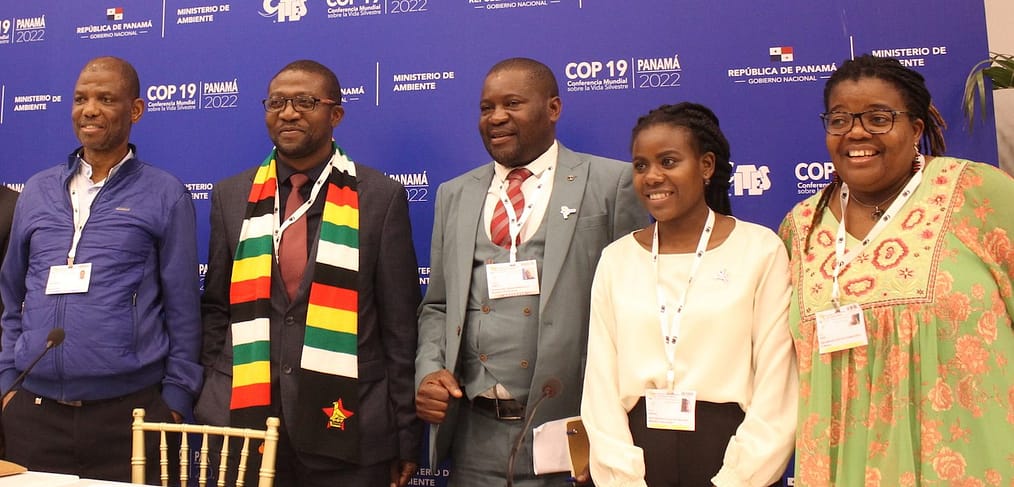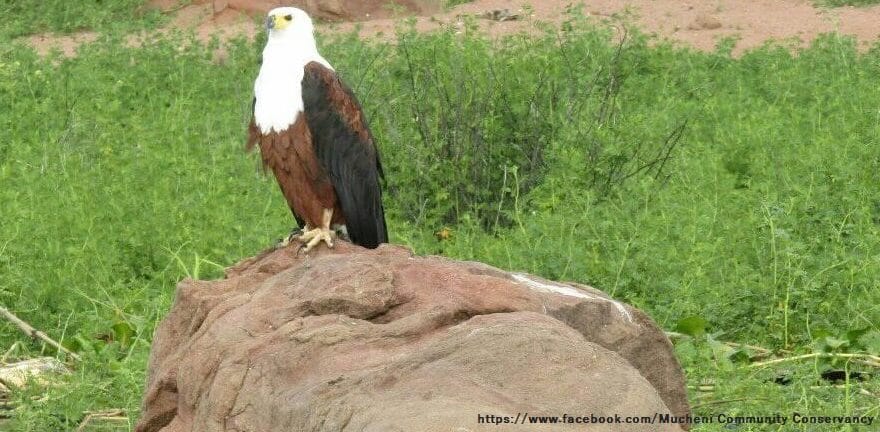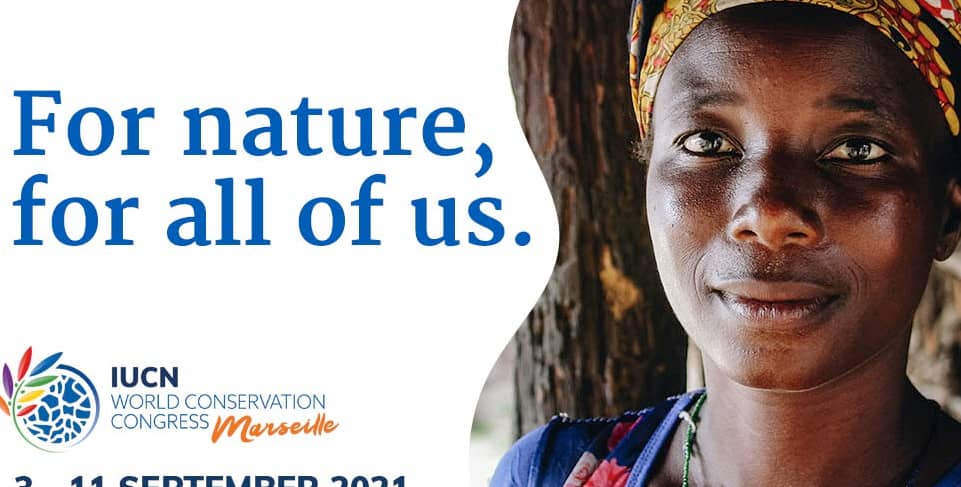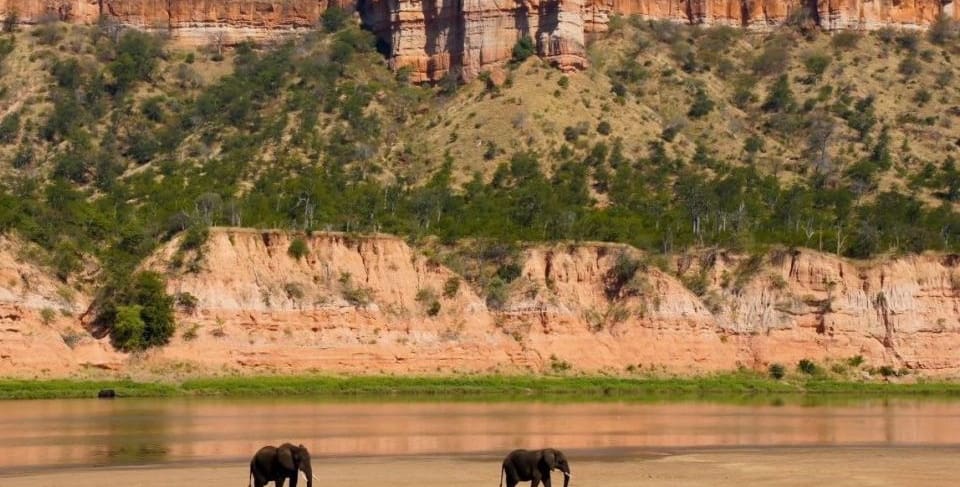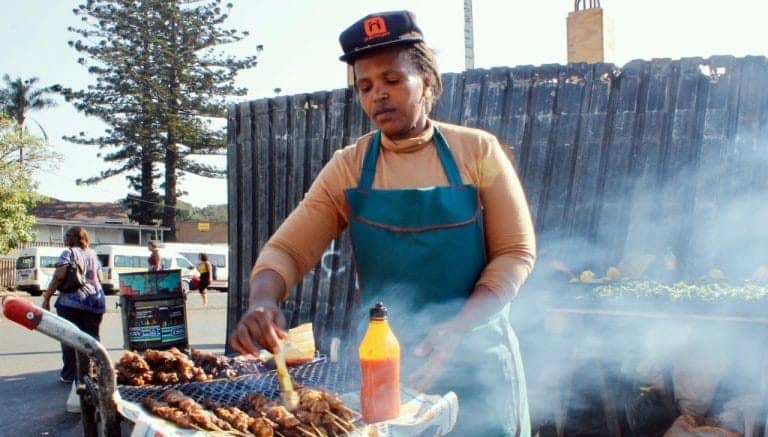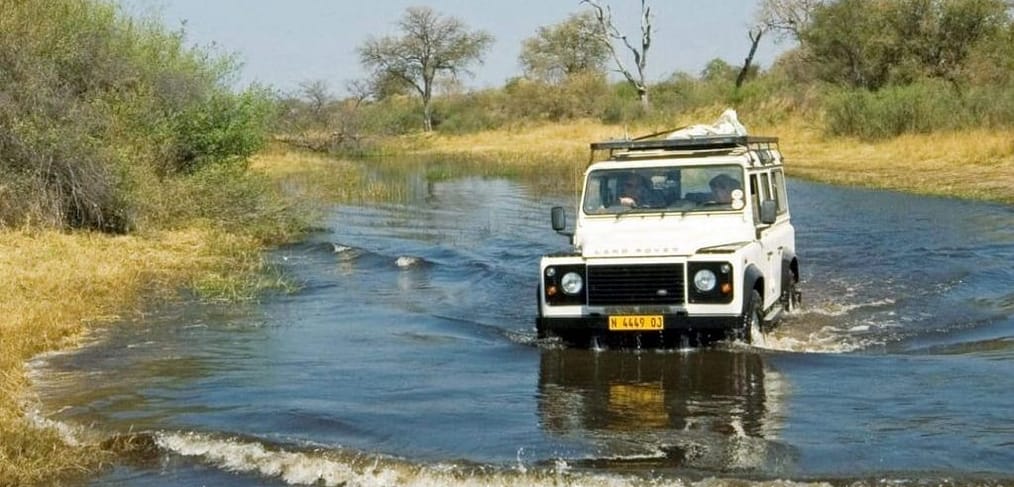Community conservation efforts in Southern Africa started in the 1980s and have since taken slightly different paths towards including rural communities in the wildlife economy and nature conservation. Over the years there have been some exchange visits and other events to increase communication among the community conservation stakeholders in these countries, but such opportunities remain rare.
From 11th to 14th March 2023, Cyclone Freddy hit Malawi with a vengeance, sweeping away entire villages and leaving 676 dead and 537 missing. Over 659,278 people have been displaced due to the flooding while over 1.1 million people are in urgent need of humanitarian assistance.
Southern Africa meets resistance to proposals on communities and wildlife trade
- Countries in the Southern African Development Council (SADC) are pushing
to incorporate rural communities and their livelihoods in decisions about the
international trade of wildlife. - While they have met resistance to their proposals from other countries, SADC
governments have showcased how working alongside their communities can
achieve conservation and sustainable development goals. - Community representatives from Southern Africa who attended CITES made
interventions in support of their governments’ position.
Its official, CLN is ONE Year Old. After operating loosely since 2019 when it was convened, CLN was officially formalised on the 22nd of October 2021. With its Chairmanship based in Zambia and its Secretariat in Namibia, and representation in 7 other Southern African Countries, CLN has grown significantly to be the lead CBNRM coordinating body in Southern Africa, ensuring that the voices of the often-marginalised communities are heard. Please see official statement here: CLN@1 Statement
Zimbabwe’s Herald newspaper reports on the Mucheni Community Conservancy, a Kavango Zambezi (KAZA) Sustainable Wildlife Management programme that is building on CAMPFIRE –
In a report this week the International Council for Game and Wildlife Conservation (CIC) states: “As an IUCN member, the CIC wants to ensure that there are positive outcomes going forward for sustainable use,
by Liberty Chauke, CLN member
I was seated listening to the melodious and whistling sounds of birds in the forest. Memories of childhood popped in and took me down memory lane. I grew up in the most respected royal family in
I’ve had opportunity to think long and hard about the question of sustainable jobs for youth today and for the future. Stuck at home during this COVID19 crisis has given me time for reflection since the pandemic put a temporary halt to what was to be my final year as an undergraduate geography and environmental studies student.
By Liz Rihoy and Malan Lindeque • Op-ed The Daily Maverick 14 April 2019
Two competing ideological narratives have emerged in African wildlife conservation. The one is based on so- called ‘compassionate conservation’, aligned with the mostly Western animal rights movement,

